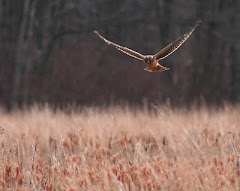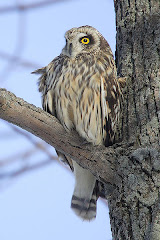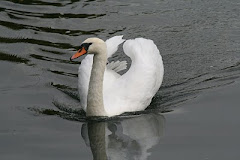The ancient Egyptians are not alone in their fascination with death. I too have what could be seen as a morbid curiosity about dead animals, though I hasten to add that this is the curiosity of an observer and not a participant. Living in the country provides many opportunities to experience death, often as a result of the ever-present struggle between predators and prey, but just finding a dead animal can raise all kinds of questions. What is it? How did it die? How long has it been there? It brings out the Crime Scene Investigator in me every time
I recently found the body of an animal close to the River Bain in Lincolnshire. It was one that I had never seen before yet was able to identify almost immediately. On my twelfth birthday I was given a copy of the Observer’s Book of Wild Animals of the British Isles and I still had this animal’s picture imprinted on my memory. At about the same time I completed collecting a set of British Wild Life cards from packets of Brook Bond tea. This animal’s card described it as a “beautiful little animal, clad in black velvet with a white underneath, that lives at the waterside” – a perfect description of the water shrew. What neither source had communicated memorably enough though were the distinctive white ear tufts and these came as quite a pleasant revelation.
When a young adult badger was killed by a car just a few yards from our gate I knew I could not leave it there by the side of the road. I decided to treat it with some dignity after such an undignified death and dug a hole about half a metre deep between our fence and the wheat field behind our garden - not easy in heavy clay soil that had not seen rain for several weeks. I placed it in the hole, covered it with soil and forgot about it. It was a beautiful hot spell, rare near the east coast in August and about two weeks later I had an unpleasant reminder of my good deed.I was in the garden enjoying the warmth of the sun when I became all too aware of an extremely unpleasant smell. At first I thought it might be a stinkhorn fungus and started to rummage under the shrubs along the fence searching for the offending item. I was obviously getting warm, in more ways than one, because the smell near the fence was now stronger than ever. Maybe deep down I had some primitive recollection of the smell of death, or maybe the sound of hundreds of blowflies provided the clue, but a glance over the fence confirmed what I had now begun to suspect. It was the dead badger.
Instead of being buried beneath the long grass at the edge of the field it was now lying a few feet away amongst the ripening wheat and was hardly recognizable. It was covered in maggots, its fur was discoloured and the flies were still looking areas of spare flesh on which to lay more eggs. I didn’t examine it too closely but my guess was that I hadn’t buried it deep enough and a fox had disinterred it. I dug the hole a little deeper, put on my gardening gloves and, with my head turned away and trying not to breathe through my nose, I dragged the body to the hole and re-buried it. I then placed an old piece of steel plate over the grave and weighted it down with a couple of bricks. But I had failed to notice that something had been missing.
Several weeks later I made a bizarre discovery - lying in the drive at the side of the house was part of the leg of an animal. My C.S.I. training (‘A’ level biology) enabled me to identify it immediately as a foreleg, the radius and ulna clearly visible. The fact that all five claws faced forward, unlike dogs, cats and foxes which have four claws and a dew claw, told me that the leg belonged to a badger, probably a young one judging by the overall size. Was it from the badger I had buried? Had the fox ripped it off without me noticing a leg was missing? The only way to answer these questions would have been to exhume the creature for a second time, but my curiosity did not extend that far.
Subscribe to:
Post Comments (Atom)




















.jpg)
























No comments:
Post a Comment